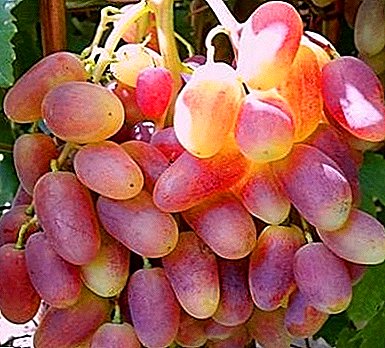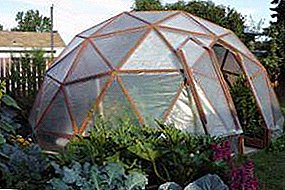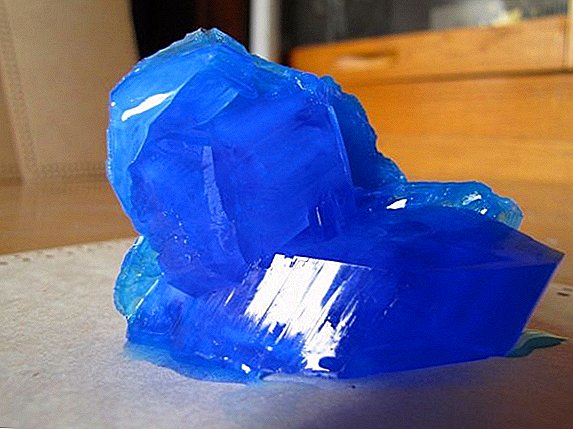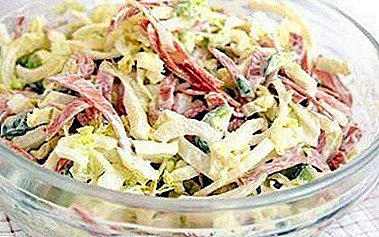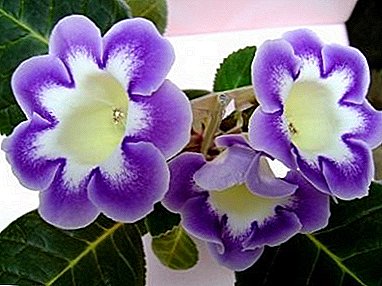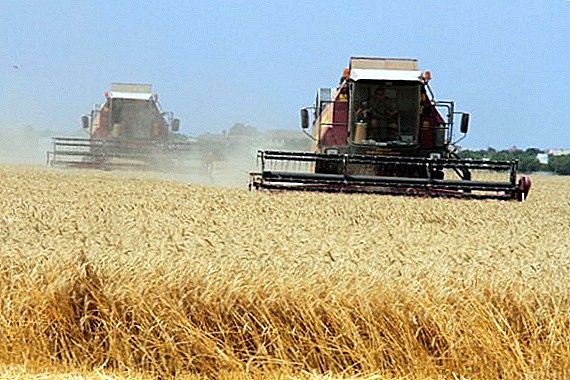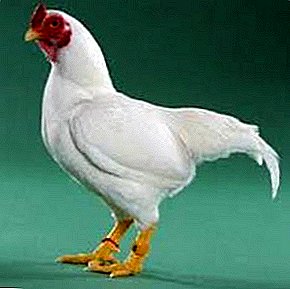
Cornish (Cornish, Indian fighting) was bred in the middle of the nineteenth century in Great Britain.
The reason for this was a significant increase in the demand for chicken meat and the need to supply it to the consumer market in industrial quantities.
It was necessary to withdraw a new meat breed of chickens, which would be favorably distinguished by its large live weight and would not require much more feed.
As a result of decades of breeding work in the English county of Cornwall, a new breed of meat chickens was bred. It was obtained by crossing British and Malay fighting, as well as red Azila.
In 1898, chickens were introduced to the American standard of excellence.
However, due to their not the best indicators of egg production, low hatchability, as well as a long period of fledging and maturity until 1946, the breed did not have much popularity in the poultry industry.
Further breeding work of breeders improved the productivity of the breed and since the sixties of the last century it began to gain wide popularity. In 1959, it was first brought to the Soviet Union. Until 1973, our country received Cornish whites from several countries at once: the Netherlands, Japan, Canada and the United States.
Their breeding in the USSR at that time was mainly located in Belarus. As of January 1, 1990, there were 54,000 such laying hens in the Soviet Union; of them in the Belarusian ASSR - 39.8 thousand individuals, in the Kazakh ASSR - 10 thousand, in the RSFSR - 4.2 thousand. At present, Corniche is the most common meat breed in poultry farming of chickens.
Cornish breed description
 In industrial breeding, the main color of the Cornish was white.
In industrial breeding, the main color of the Cornish was white.
However, they have other types of color: black double-edged, gray-blue, fawn, red. To obtain a white color, chickens were crossed with Malayan fighting animals.
For day-old chicks, a light yellow color is characteristic for fluff. All chickens have very smooth, tough plumage, tightly attached to the body with a small amount of fluff.
Average neck length. The back is wide enough and long. Paws - strong, thick, short, widely spaced, do not have feathers. Pod comb, has a characteristic pea-shaped form. Growth compared to other breeds below average. There is a miniature variety (Bentamki). In this photo you see the cock Cornish.
The body of chickens is compact with a wide deep chest.. It is rather massive, slightly raised in the front part, oval in shape. Head and beak - short. Bill is yellow, dark at the end.
The head is rounded at the back of the head. Brow arc somewhat protrude, creating a certain fighting look. Eye color can range from red to orange. They are set deep enough. Tail of small length.
Features
- Productivity: high;
- Hatching instinct: strong, developed;
- Character: fighting, moderately aggressive;
- Survivability: get along quite well with other breeds;
- Mobility: Predominantly inactive;
- Vitality: good;
- Climate adaptability: high;
- Meat qualities: good, tender tasty meat;
- Peck: quite slow;
- Care requirements: unpretentious;
- Maturation: early ripening;
- Carcass skin color: light yellow;
- Egg color: cream or brown.
Content and cultivation
 The paternal parent form of purebred chickens of the Cornish breed is today used as the main biological material for breeding interbreed hybrids, such as broiler meat.
The paternal parent form of purebred chickens of the Cornish breed is today used as the main biological material for breeding interbreed hybrids, such as broiler meat.
They can genetically transmit their meat qualities very well. In this regard, such chickens are used for crossing with other meat and meat-egg breeds. Very often crossbreeding is done with Plymouthrocks to breed new broilers.
In the photo you see several individuals of white Cornish chickens. Chickens can calmly contained not only outdoor (on the run), but also in the cells.
This creates an additional advantage, since the hygiene of the content is noticeably improved due to the lack of contact between the chickens and litter. As a result, the consumption of drugs to combat pathogenic microorganisms can be reduced.
Feeding chickens is not expensive. Feed consumption for young stock is small. Juveniles are very hardy. They can actively gain live weight, while consuming the smallest number of feed per unit of growth. Adults are not demanding food.
In feeding, it is important to bear in mind that the metabolism of meat breeds of birds compared to other slowed down, why such chickens are more susceptible to an increase in fat content in the total mass.
Therefore, their diet should be limited and include corn. To improve digestion, a small amount of sand can be added to feed. Feeds for feed should be further enriched with easily digestible protein and vitamins, as well as an increase in the proportion of feed in the diet.
A characteristic feature of reproduction is that the large weight and short legs make it difficult for him to move naturally. The hatchability of chicks also prevents an increase in the number of livestock. Only from 70% of eggs laid in the incubator chicks hatch.
Specifications

- Mature bird weight: chicken - from 2.75 to 3.25 kg., Rooster - from 3.75 to 4.5 kg.;
- Weight of dwarf variety (bantam): chicken - from 0.85 kg. up to 1.3 kg., rooster - from 1 to 1.6 kg .;
- Sexual maturity: from 7-9 months. (hens are capable of laying eggs after 180 days);
- Egg mass: from 50 to 60 gr., 30 gr. at bentamka;
- Annual average egg production: from 70 to 160 eggs, from 70 to 100 eggs in the bantam;
- Productive period: from 1.5 to 3 years.
Where to buy in Russia?
You can buy individuals of this breed at the “bird village” Ptica village in the Yaroslavl region. Contact phones: +7 (916) 795-66-55; +7 (905) 529-11-55.
Analogs
Similar meat breeds of hens, analogs of hens Cornish:
- Fireball. Bred in France. It is characterized by high resistance to low temperatures, high precocity, good meat qualities.
- Cochinquin. Bred in ancient China. It was brought to Europe in the nineteenth century. Kokhinkhintsy have high growth, unpretentious in feeding, tolerate cold quite well. Most of the eggs endure in the winter.
- Langshan. Bred in the northern provinces of China. Imported to Russia to improve the characteristics of local Belarusian chickens. The meat has a high taste. Reproducibility of individuals of this species is average.
 The Adler silver breed of hens has been bred for many years. You can find out the results on our website.
The Adler silver breed of hens has been bred for many years. You can find out the results on our website.About how to make the ceiling insulation in the bath everyone can learn from our article.



